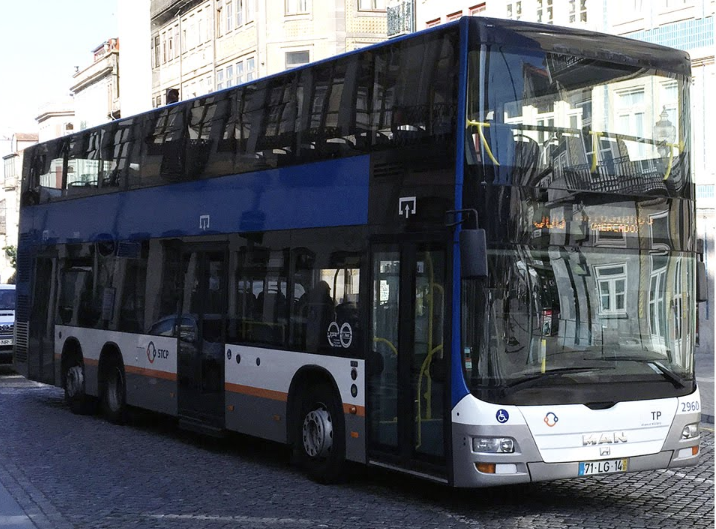If the city of Tbilisi had a voice, it would probably sound like the vibrant, bold, and occasionally cheeky street art that colors its walls. Everywhere you look, graffiti and murals aren’t just decoration—they’re an ongoing conversation, a visual symphony telling tales of passion, tragedy, resilience, and

